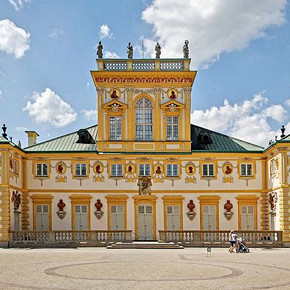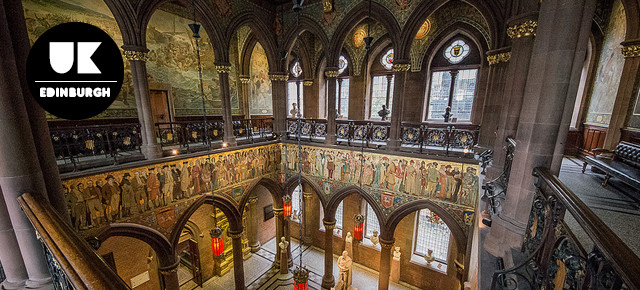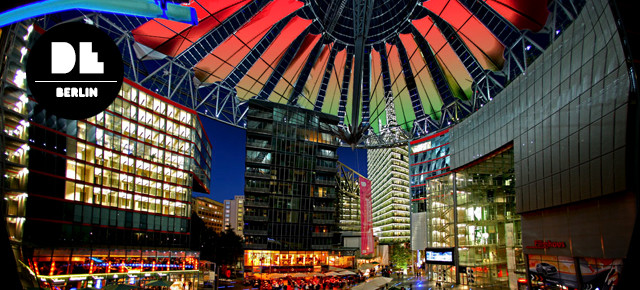
Free: Thursdays (Limited passes) The Wilanów Palace was built in the 17th century for the Polish king John II Sobieski. It was later owned by different families. The first museum at the palace opened up in 1805 by the owner at the time. The current museum takes up a big portion of the interior –...

Free: Thursdays The building of the Gestapo Headquarters was originally built as a centre of religious beliefs. When the Nazi came into power, it became the most feared establishment in Poland. This imposing building was were prisoners were held prior to interrogation. Tortures and killings were not uncommon tactics employed by the Nazis to break...

Free: Thursdays Pawiak Prison was built in the 1830’s as a Tsarist prison. During the WWII, the Gestapo took it over and it became the largest political prison in Poland. Some 100,000 prisoners passed through its gates and it’s estimated that over 37,000 were executed in the premise. In the prison’s cell designed to house...

Free: All time The Church of the Holy Cross in Warsaw is a Roman Catholic house of worship located opposite the main Warsaw University campus. It is one of the most notable Baroque churches in Poland’s capital. No Chopin’s fans can leave Warsaw without first visiting the final resting place of his heart. Fryderyk Chopin’s...

Free: All time Located in Pilsudski Square, the Tomb of the Unknown Soldier is dedicated to the bravery of Polish soldiers during the First World War. It was erected in 1925 under a fragment of the portico, a single remaining feature of the old Saxon Palace. In the 18th century, sumptuous French style gardens were...

Free: Sundays The Fryderyk Chopin Museum at the Fryderyk Chopin Society in Warsaw was established in the 1930s.At that time, thirteen extremely valuable manuscripts were purchased from the granddaughter of Chopin’s sister. Today, the Museum covers the history and works of Chopin and includes original manuscripts and documents written by the composer, photographs and sculptures...

Free: Thursdays Although it was founded in 1985, the Centre of Contemporary Art is housed in a beautifully rebuilt 17th century Ujazdowski Castle in the picturesque Lazienki Park. Its purpose is to promote all forms of contemporary art, whether it be exhibitions, alternative cinema, theatre projects, avant-garde music, creative workshops or video arts. The exhibition...

Free: All time Part of the Royal Route, Lazienki Park is said to be one of the most beautiful parks in Europe. This 17th century picturesque park with its landscaped gardens, a grand palace and a shimmering pond provide an idyllic setting for a stroll. Inside the old palace, the Ujazdowski Castle, is now the...

Free: Tuesdays The National Museum in Warsaw was originally founded in 1862 as the Museum of Fine Arts and is currently one of the oldest art museums in the country. After Poland regained its independence in 1918, the National Museum was ascribed a prominent role in the plans for the new state and its capital...

Free: All time Temat Rzeka is a new initiative to further develop the popular beach area by the Poniatowski Bridge. Covering an area of 23,000 square meters, Temat Rzeka is full of hip locals especially at dusks and in the evenings. Many would bring their own picnic blanket plus food and drinks to watch the...

Free: Summer Fridays & Saturdays 9am (May & Oct) or 9:30pm (Jun – Sep) During summer Fridays’ and Saturdays’ evenings from May through October, catch the dancing fountain . in the Multimedia Fountain Park. Crowds congregate around this relatively new addition to Warsaw’s attraction. Some 360 jets of water shoot up to the evening sky...

Free: Sundays The Warsaw Rising Museum was opened on the 60th anniversary of the outbreak of fighting in Warsaw in 1944. The Museum is a tribute of Warsaw’s residents to those who fought and died for independent Poland and its free capital. The exhibition depicts fighting and everyday life during the Rising, keeping occupation terror...

























